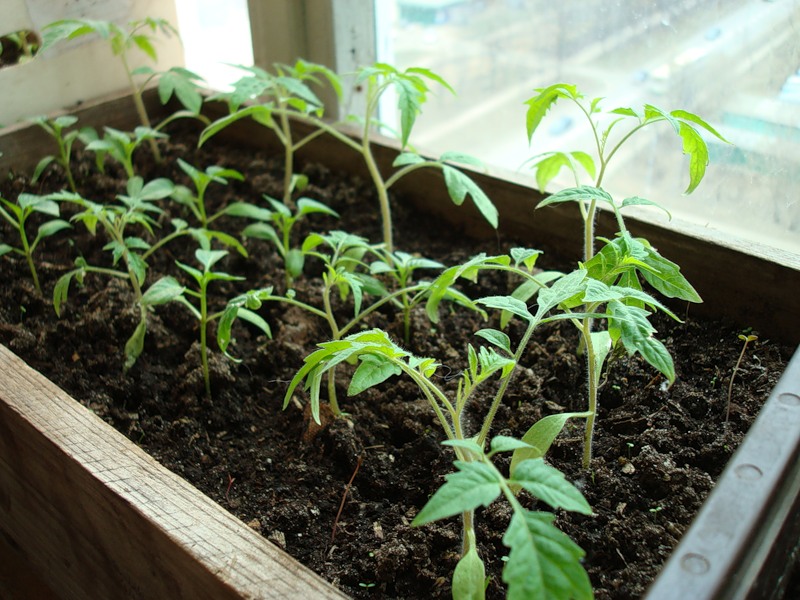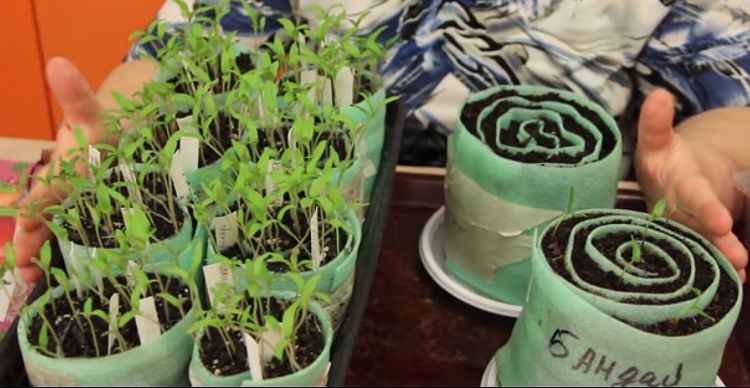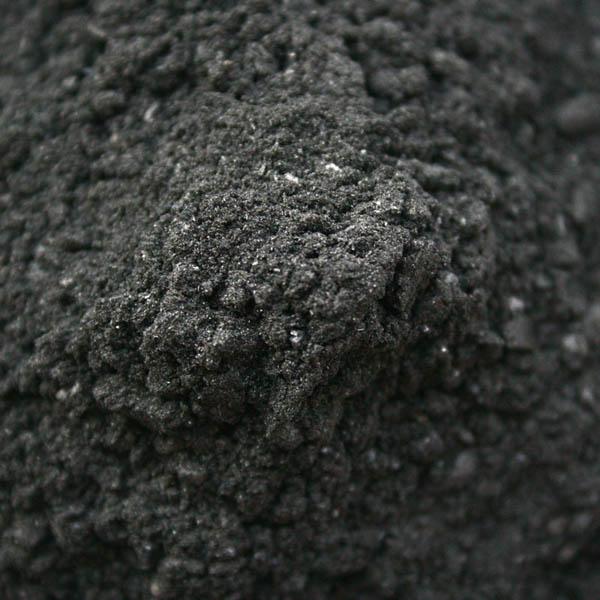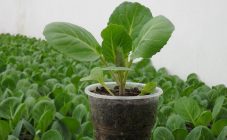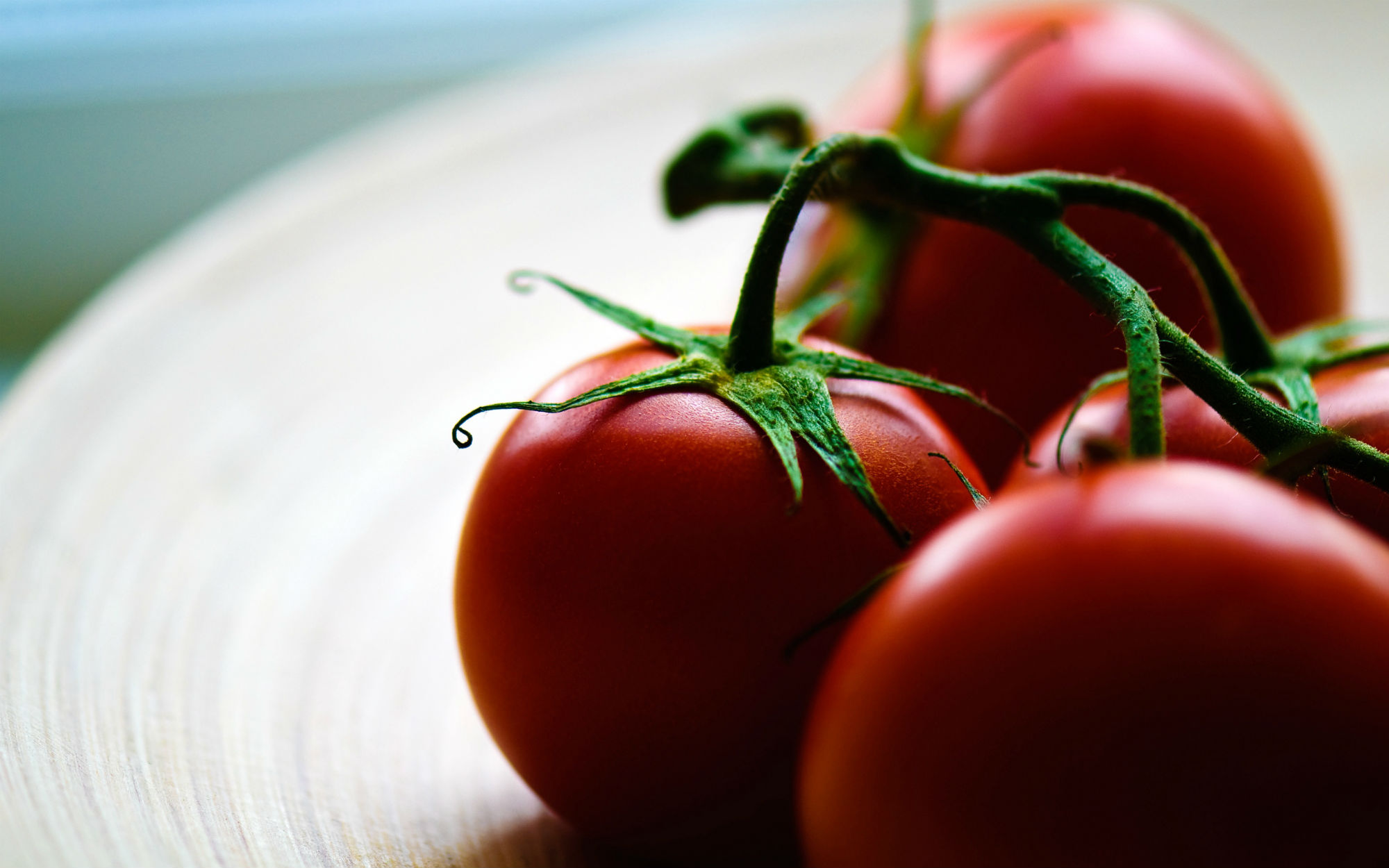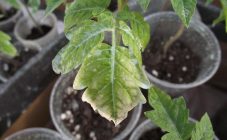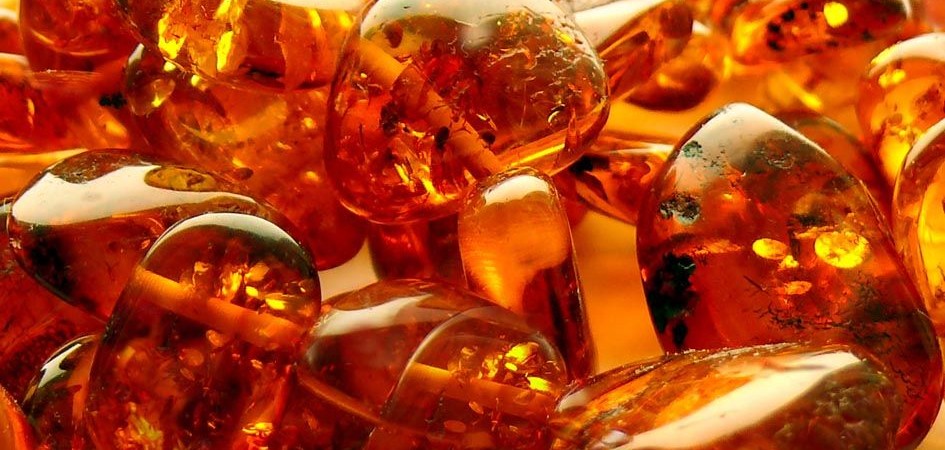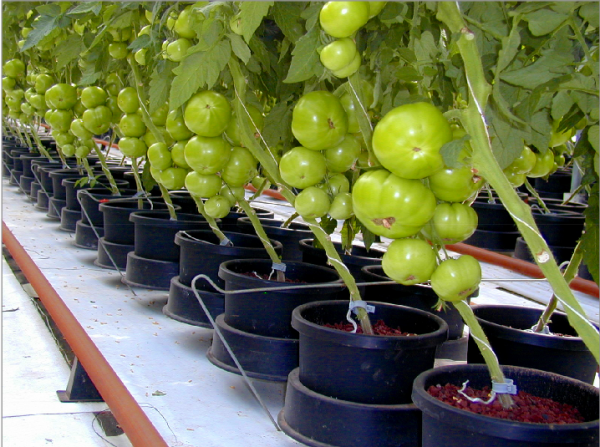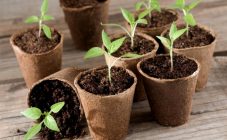Content:
Growing a tomato is not an easy task. Despite the fact that the vegetable itself is rather picky about care, the climatic conditions in most regions of Russia are not suitable for this representative of the Solanaceae. Only the southern regions and partly the Central one are suitable for planting tomatoes in open ground. In other cases, the crop will have to be grown in greenhouses. In addition, late spring does not allow sowing seeds directly to the garden bed, you have to pre-grow seedlings at home. There is no single planting time either, so you have to rely on the actual weather conditions. As a hint, summer residents have been using the lunar calendar for a long time.
About culture
In order to increase the yield and increase the immunity of plants, it is necessary to carry out a set of procedures, including:
- Selection of quality seed material,
- Presowing seed treatment (hardening, dressing and germination),
- Growing tomato seedlings,
- Landing in open ground or greenhouse,
- Implementation of timely watering, loosening, dressing,
- Preventive treatment against diseases and pests,
- Harvesting and storage.
In the process of growing seedlings, it is important to monitor the development of sprouts all the time. An important role is played by the tomato dive procedure, which affects the quality of future seedlings. After their germination, it is necessary to track which of the sprouts develops best. It will be the most powerful and promising for further cultivation. Weaker shoots are removed.
Dive rules
First of all, you need to understand what tomato picking is. Scientifically, this process represents the development of the root system. Small shoots have a single root shaft that goes deep. Picking a tomato allows you to create a branched root system, due to which the plant begins to develop faster and more actively. In fact, this is the process of planting tomatoes from a common container in separate cups with or without pinching the tip of the root. It is the pinching of the root that activates the development of the superficial root system. The main root is shortened by about a third. After that, the plant needs more water and feeding. But as a result, the seedlings will not stretch and outgrow.
Benefits of picking tomato seedlings:
- Primary screening of weak and sick seedlings;
- Timely separation of the root systems of neighboring tomatoes in order to prevent their further plexus;
- Prevention of contamination of seedlings in the event of their germination in contaminated soil;
- Slowing down the growth of the stem due to the fact that the plant directs all its forces into root development.
There are times when there is no way to dive tomatoes. In this situation, you need to immediately prepare such containers that will fully correspond to the favorable development of the plant. Place 2-3 seeds in each container.
Pick period
In order for the seedlings to quickly go through the adaptation process and maintain immunity, it is necessary to observe the time intervals when diving tomatoes after germination. High varieties of tomatoes need two picks, while for medium and low tomatoes one procedure is enough.
Favorable periods for a tomato dive are:
- The last decade of March (especially from 26 to 30),
- The second and third ten days of April (especially from 16 to 18 and from 24 to 27).
The first time you need to open the seedlings is 2 weeks after sowing. At this point, the sprouts should be in the phase of 2-3 true leaves. The second picking of tomato seedlings is carried out 3 weeks after the first.
Before you dive tomatoes, you need to carry out preparatory measures.
Step-by-step instruction
- For 24 hours, the plants must be sprayed with Epin or Zircon. This will help you quickly adapt to a new place;
- A couple of hours before transplanting, the roots are watered abundantly with warm water. Thanks to this, the plants will be better removed from the container;
- You must first prepare containers and tools for extracting seedlings. The cups should not be too large, the optimal size is 8-10 cm in diameter;
- The ground should be at room temperature. In order to protect against fungal infections, freezing and calcining of the soil mixture can be done beforehand.
There are several popular ways to dive tomato seedlings.
Traditional
The essence of this method is to plant seedlings from one common container into separate containers. Most often, plastic cups, yogurt and milk packaging are used as such a container. The transplant scheme is as follows:
- Several holes must be made at the bottom of the container to remove excess liquid and good air exchange. The container itself must be disinfected with a manganese solution;
- The planting soil is also subject to treatment with a disinfectant solution;
- Plants need to be watered in 1-2 hours, pour soil into the planting container, leaving 3-4 cm to the edge;
- In the center, you need to make a depression and water a little;
- Remove the seedling from the old container and place it in a new place. Sprinkle with earth to the bottom sheet;
- For the next 3-5 days, the plant must be left completely dormant so that it passes the adaptation period. You don't need to water either. From day 5, you need to start watering once a week.
Diaper
Placing tomatoes on a diaper means wrapping the seedlings together with an earthen lump in a special way, similar to swaddling. For wrapping, you need to prepare polyethylene pieces, measuring 10 cm by 15 cm. You can also use a newspaper or cloth as a diaper. Pour 1 tbsp to the upper corner. nutrient substrate. A sapling is carefully laid out on it and another 1 tbsp is poured on top. l. soil. The free lower edge of the diaper is folded down to the lower leaves and tightly wrapped in a bag. You can fix it with scotch tape or stationery. As the seedling grows, the diaper is unrolled and another 1 tbsp is added. l. soil. Since space is quite limited, each watering must contain nutrients.
Snail
This method is suitable for those with limited space for growing seedlings.
Seeds must be evenly spread on natural or synthetic material, sprinkled with a thin layer of soil. Then this blank is tightly curled and visually resembles a snail. This technology has several advantages:
- The seeds sprout quickly and amicably, as this type of twisting creates a favorable thermal effect.
- Isolating the roots allows them to develop freely and not intertwine with each other.
- Convenience of watering. The snail is placed in a shallow container, from where moisture is evenly taken. This method helps to avoid overflow.
- Saving soil.
- Snail seedlings can be transferred directly to open ground.
Among the negative sides, there is a stretching of the stems in low light. This situation occurs when the seeds are laid too densely, so this problem can be easily solved by more rare sowing or supplemental lighting with phyto lamps.
Pick to a permanent place
If constant warm weather is established on the street, and according to the forecast the threat of frost is not expected, then it is allowed to transplant the seedlings directly into protected or open ground.If in May the daytime temperature is kept at + 20˚C, and a layer of earth, 20 cm thick, warmed up to at least +14 ˚C, then you can transfer the strongest seedlings with a well-developed root system, a thick trunk and at least 7 real leaves to the garden ...
A prerequisite for diving into a garden bed is high-quality soil preparation. It is necessary to prepare a soil mixture of 3 elements: peat, sand and earth. The height of the beds is 0.2 m. Manure can be used as a natural insulation for the roots. It is laid out in furrows and sprinkled with a layer of earth and sand. The thermal effect occurs in the process of organic decomposition.
Pulling seedlings
If grown improperly, the seedlings can stretch out. The main reasons provoking stem overgrowth:
- Poor lighting;
- Sowing too dense;
- Excessive care (excessive watering and feeding leads to an explosion of seedling growth);
- Increased growing temperature. In warm climates, tomatoes grow very quickly, but when growing seedlings, you need to withstand the optimal number of days, so the temperature in the room must be regulated.
In general, there is nothing wrong with stretching the stems. Such seedlings are inconvenient for transfer, as they have a greater chance of breaking. Picking does not differ from ordinary seedlings, only when transplanted, elongated seedlings are buried to the cotyledon leaves so that they are held firmly in the ground. If desired, you can pinch off the tops, leaving 6-7 leaves on the stem. The tops must be placed in a container of water, and after 10-14 days they will take root. With a root length of 2-3 cm, the tops can be transplanted into the ground.
Growth stimulants
Any movement of young shoots is stressful. After transplanting, they may stop growing for a while, and the weakest plants even die. To stimulate the growth of the root system, you can use a hormonal agent - Kornevin. It is based on indolylbutyric acid and a complex of active ingredients. Once in the ground, the drug has a powerful stimulating effect.
Kornevin can be used in liquid and dry form. As a solution, 1 g of the drug is mixed with 10 liters of water and the seedlings are watered. In dry form, the preparation is mixed with ash in a ratio of 10: 1 and sprinkled with planting holes.
Care after a dive
- The duration of daylight hours is at least 10 hours. If natural lighting is not enough, then you need to use lamps for additional lighting, placing them no closer than half a meter from the seedlings. Tomatoes need to be shaded from the midday sun;
- Daytime temperature of keeping - not less than +18 ˚C, nighttime - not less than +15 ˚C;
- Moderate watering - once a week, as the top layer dries;
- After 15 days, the first top dressing is applied, consisting of water (2 l), urea (1 g), potassium sulfate (3 g), superphosphate (8 g). The second feeding is carried out 15 days after the first and consists of the same fertilizers;
- If a second pick is needed, then it is done 21 days after the first, by the transshipment method. The plants at this time are already large enough, and the root system is formed, and the essence of the dive is to increase the volume of the substrate in order to avoid stretching.
There are situations when re-handling is needed for individual seedlings. This usually happens when:
- The seedlings are overgrown and do not stay upright (the stem sinks under the weight of the foliage);
- Disproportionate development of roots and ground parts of the tomato. In this case, transplanting will help slow down the development of the stem and stimulate the growth of the root system.
Diving seedlings is an important stage in growing tomatoes. The procedure creates a great potential for plant growth, makes the root system more developed and the trunk more powerful. This procedure is especially relevant for regions with unstable temperature conditions throughout the year.

